- Overview
- Symptoms
- Causes & Risks
- Types of Eczema
- Locations on the Body
- Tests & Diagnosis
- Treatment
- Complications
- Living With
- View Full Guide
DIY Eczema Baths and Wet Wraps



Why Baths Help
Baths wash away dead cells and bacteria, which helps relieve itch. They also hydrate skin, and that can ward off scratching, too. But because eczema limits your skin’s ability to be a healthy barrier, it’s important to follow a bath with moisturizer. This keeps water in and helps keep germs and irritants out.
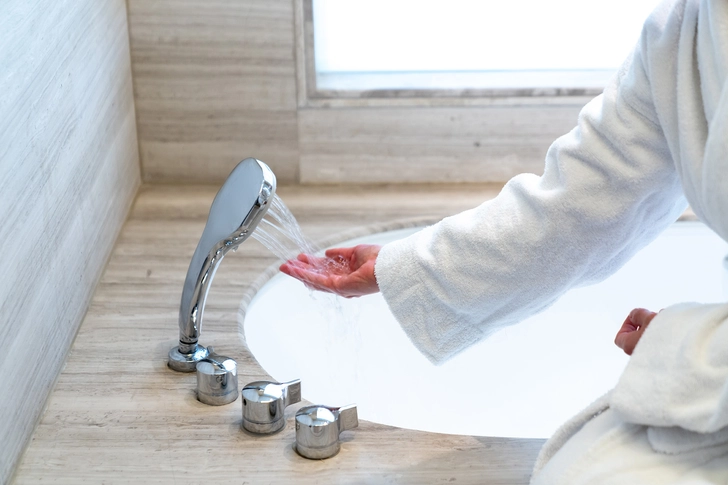
How to Bathe
Bathing or showering once a day is best. As for water temp, play by the Goldilocks rule: not too hot and not too cold. Go for lukewarm water. Use a gentle cleanser and don’t scrub. If you’re in a flare, skip the cleansers and rinse with water only. Always moisturize within 3 minutes of patting dry.
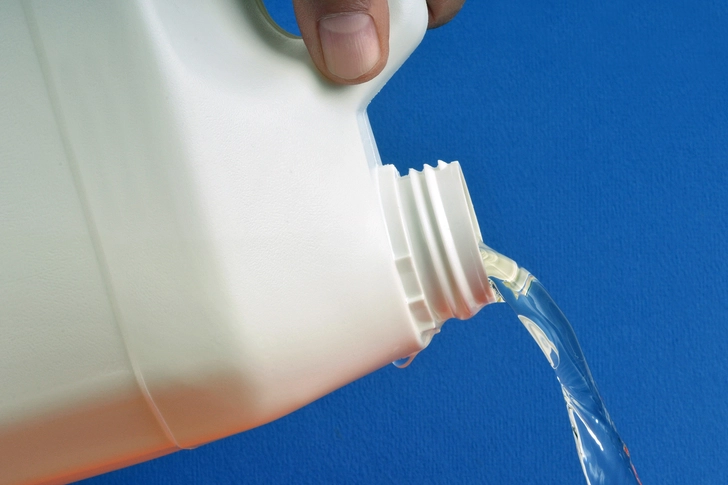
Bleach Baths
A small amount of bleach diluted into a warm bath can help kill itch-inducing bacteria on the skin. Use a quarter-cup of bleach per 40 gallons of warm water, and soak from the neck down. Pat dry. Don’t overdo it. Take a bleach bath no more than three times a week.
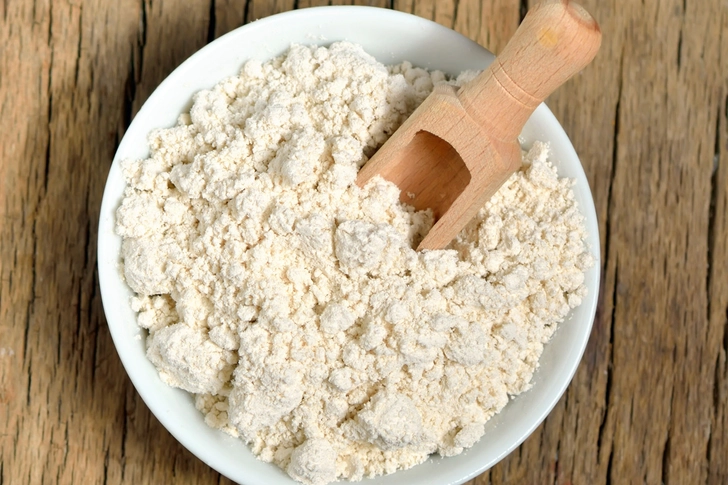
Oatmeal Baths
Colloidal oatmeal is a powder made from finely ground and specially prepared oatmeal. You can find it in the health and beauty section of drugstores. Add the powder to a lukewarm bath and soak for 10 minutes to relieve itch and dryness.
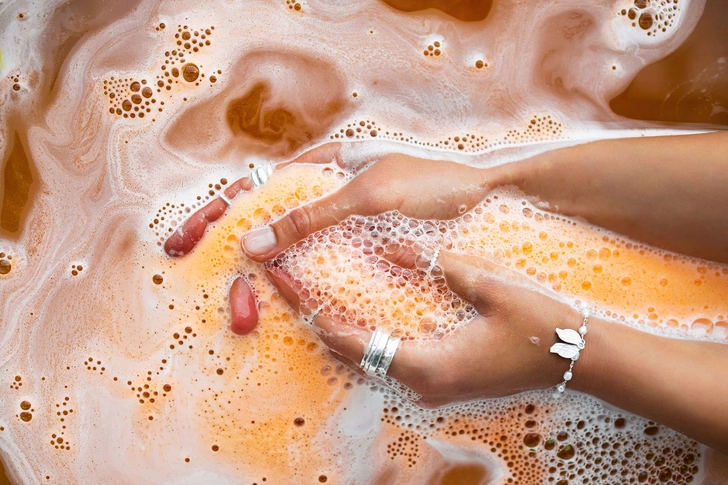
Oil Baths
As long as you choose oils free from fragrance or other irritants, adding a gentle bath oil can help hydrate and protect skin.
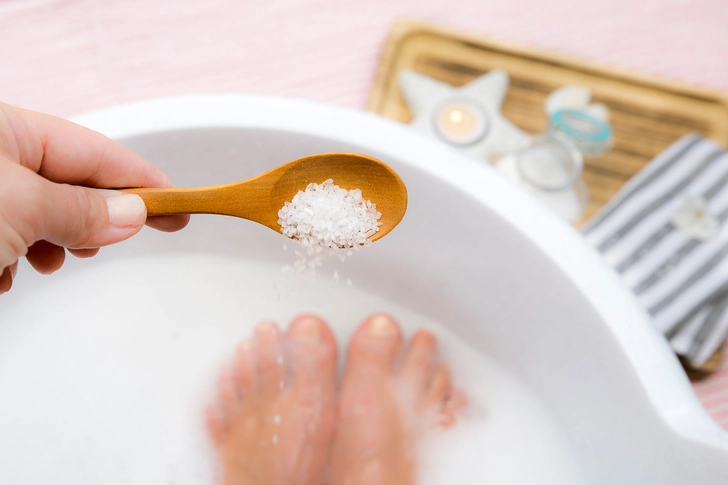
Salt Baths
When you’re in the middle of a bad flare, a saltwater bath can take the sting away. Pour a cup into your warm bath water before soaking.
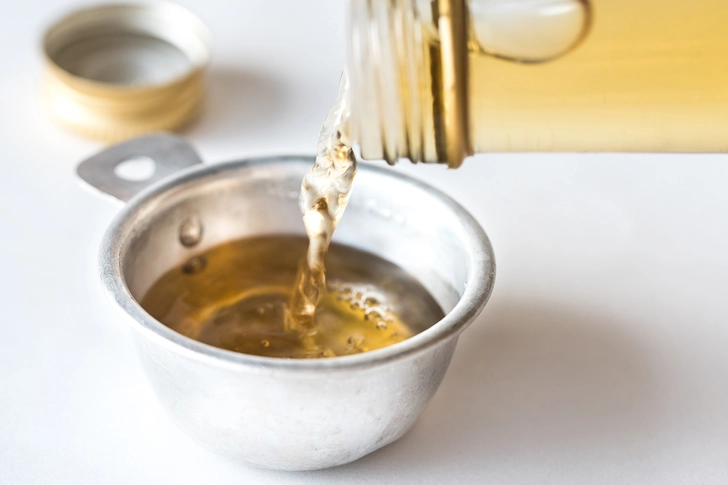
Vinegar Baths
It sounds stinky, but vinegar may kill some of the itch-causing bacteria on your skin. Add between a cup and a pint of white vinegar to your bath.

Why Wet Wraps Help
Wet wraps keep your skin moist and make your medication work better. This helps cool and soothe itching. They’re best right after you’ve had a bath and applied your medication. Be sure to talk to your doctor about the best methods before trying.
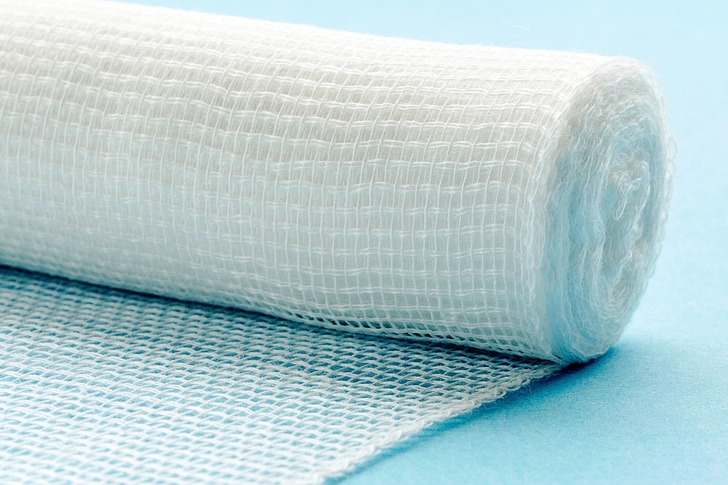
How to Apply a Wet Wrap
Wet wraps are dressings you make from a cloth. After you’ve applied your topical medication, soak the cloth in water and wrap it around the medicated area. Put a dry cover over it to keep the wrap wet.
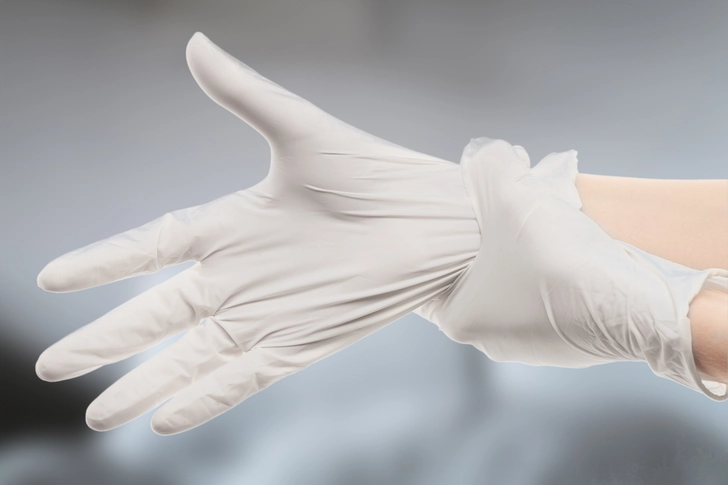
Materials for Wet Wraps
Cotton works well for wet wraps. Choose options that make sense for the area, such as socks for feet, gloves for hands, or washcloths for legs. For the dry layer, you can simply put clothes on over the area, or seal in moisture with plastic wrap or vinyl gloves.
IMAGES PROVIDED BY:
Fuse / Getty Images
SonerCdem / Getty Images
Richard Villalo / Getty Images
mady70 / Getty Images
Anastasiia Krivenok / Getty Images
Helin Loik-Tomson / Getty Images
Michelle Lee Photography / Getty Images
Thomas Barwick / Getty Images
undefined / Getty Images
AndrewRafalsky / yaophotograph / Getty Images
SOURCES:
American Academy of Dermatology Association: “Why Are Baths And Moisturizer So Important When Treating Eczema?” “Home Remedies: What Can Relieve Itchy Eczema?”
National Eczema Association: “Eczema and Bathing,” “Wet Wraps: What They Are and How to Use Them,” “Wet Wrap Therapy.”
Mayo Clinic: “Eczema bleach bath: Can it improve my symptoms?”
Journal of Drugs in Dermatology: “Colloidal oatmeal: history, chemistry and clinical properties.